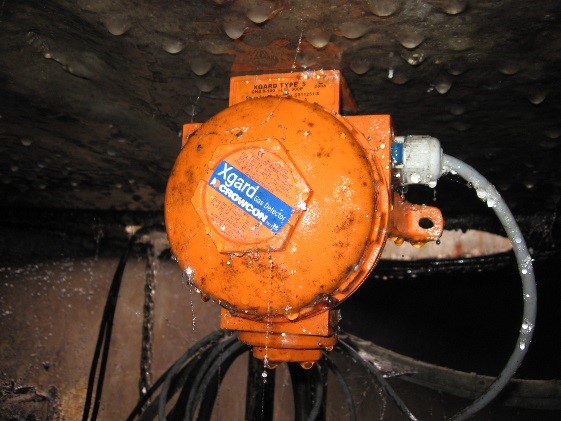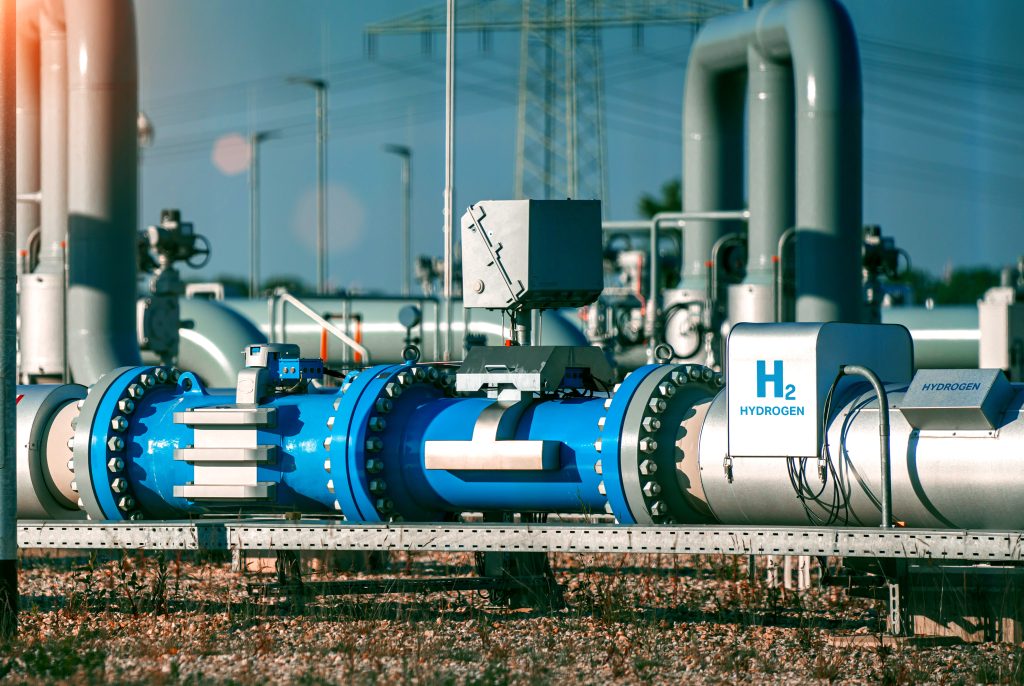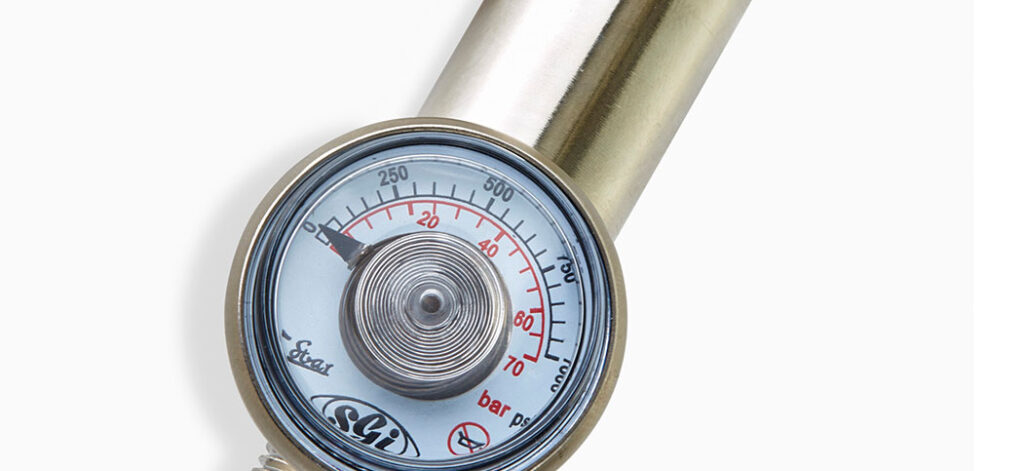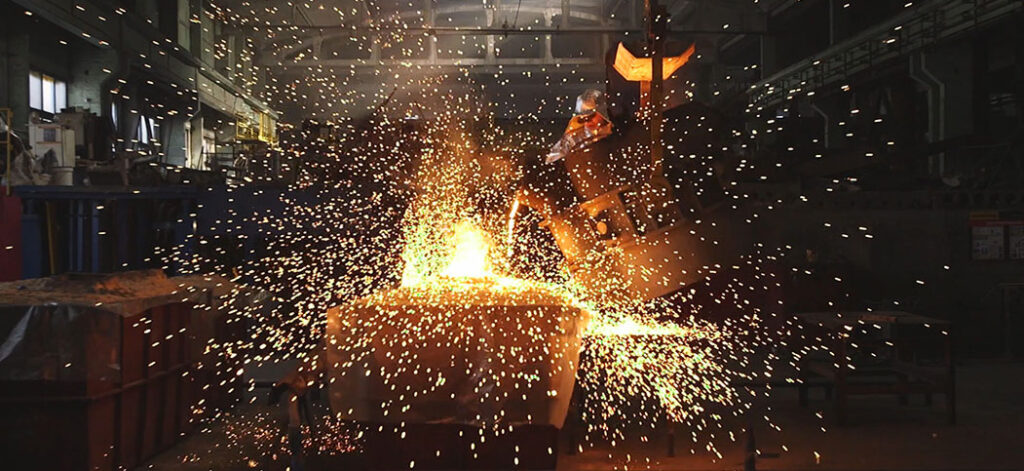Ubicación de los detectores de gas y normas pertinentes
No existen normas específicas que regulen la ubicación de los detectores de gas (a diferencia de los sistemas de detección de incendios); sin embargo, existen documentos de orientación general. Dos ejemplos que ofrecen información sobre la ubicación de detectores y también la selección de tecnologías de sensores son:
- BS EN 60079-29-2 2007 Guía para la selección, instalación, uso y mantenimiento de aparatos para la detección y medición de gases combustibles u oxígeno.
- IEC 60079-29-2:2015 Atmósferas explosivas - Parte 29-2: Detectores de gas - Selección, instalación, uso y mantenimiento de detectores para gases inflamables y oxígeno.
- Guía de detección y calibración de gases COGDEM
" Citando la norma BS EN 50073:1999 "Los sensores deben situarse en posiciones determinadas por quienes conozcan la dispersión de gases, los sistemas de la planta de proceso y los equipos implicados y en consulta con el personal de seguridad y de ingeniería eléctrica. "
La siguiente información es necesaria para identificar el tipo de detector de gas y la ubicación correctos para cualquier aplicación:
- Los detectores más adecuados para un funcionamiento rápido y fiable
- La limitación de los detectores (por ejemplo, la sensibilidad cruzada a otros gases que puedan estar presentes).
Otros factores importantes a tener en cuenta:
- Los detectores deben ser accesibles para su comprobación y mantenimiento
- Los detectores y cables deben estar protegidos contra daños mecánicos
- La tecnología de sensores seleccionada no debe verse afectada negativamente por otras sustancias presentes en el entorno (por ejemplo, los sensores de microesferas catalíticas no deben utilizarse en zonas que puedan contener plomo, azufres o siliconas).
- Los accesorios del detector deben seleccionarse para garantizar su idoneidad para el funcionamiento en el entorno: deben utilizarse deflectores de salpicaduras en zonas húmedas, deben instalarse parasoles si los detectores están expuestos a la luz solar directa en países cálidos, pueden utilizarse conos colectores para facilitar la detección de gases más ligeros que el aire.
Cuando se instalen detectores de gas, es aconsejable asegurarse de que el orificio del sensor no esté expuesto a la contaminación por líquidos o polvo, colocando la unidad hacia abajo. Deben utilizarse deflectores de salpicaduras cuando los detectores se instalen en el exterior, o en zonas interiores sometidas a operaciones de lavado.
Área de cobertura
La gente suele preguntar cuál es el área de cobertura de un detector de gas en un lugar abierto. No existe una cifra oficial, pero entre 50 y 100 m2 por detector es una orientación general razonable, añadiendo más detectores en los puntos donde pueda haber fugas. Hay que recordar que el gas tiene que entrar en contacto con un detector de tipo puntual para ser detectado. Es esencial tener plenamente en cuenta los consejos que se dan en esta sección.
Altura de montaje
Una vez consideradas las ubicaciones adecuadas para los detectores de gas, hay que decidir la altura de montaje. En general, para los gases más ligeros que el aire, los detectores deben estar por encima de la zona en la que es probable que se produzcan fugas y, para los gases/vapores más pesados que el aire, los detectores deben estar a nivel del suelo o en fosos de inspección o conductos hacia los que puedan fluir gases/vapores pesados.
Peligros de los gases
Los gases no se separan en capas discretas según sus densidades. Si lo hicieran, el aire no existiría como una mezcla homogénea, sino que el dióxido de carbono pesado estaría a nivel del suelo y el oxígeno, que es más pesado que el nitrógeno, a continuación, con una capa de nitrógeno encima. Si los gases se comportaran así, en realidad se comportarían como líquidos (considere también cómo los CFC, que son vapores pesados, penetran en la capa de ozono). Es mejor considerar que los gases tienden a elevarse si son ligeros y a hundirse si son pesados, y pensar en otros fenómenos que pueden afectar a la dispersión de los gases. Por ejemplo, si el monóxido de carbono, que es sólo ligeramente más ligero que el aire, está bajo presión y se libera repentinamente en la atmósfera, se produce un descenso de la temperatura que da lugar a un aumento de la densidad. Esto puede hacer que el gas caiga al nivel del suelo.
Además, cuanto más cercano en densidad al aire sea un gas, más fácilmente fluirá con el aire debido a corrientes de aire y ventilación, etc. Por lo tanto, una solución de compromiso con gases como el monóxido de carbono y también con gases sólo ligeramente más pesados que el aire, como el sulfuro de hidrógeno y el óxido nítrico, es montar los detectores a una altura lo más cercana posible a las zonas de respiración del personal protegido (normalmente de 1,5 a 1,8 metros). Las densidades de vapor de los gases inflamables y tóxicos figuran en las tablas de las secciones Riesgo inflamable y Riesgo tóxico de este sitio.
Cuando se controla la deficiencia de oxígeno, es necesario tener en cuenta qué puede estar desplazándolo. Por ejemplo, el dióxido de carbono, que es más pesado, tenderá a hundirse hasta el nivel del suelo, por lo que es ahí donde deben estar los detectores. Por el contrario, si es el helio el que desplaza al oxígeno, los detectores deben instalarse en un nivel alto. Si la combustión está consumiendo oxígeno, todo el volumen de aire se agotará gradualmente en oxígeno y la ubicación del detector no será tan crítica.
Si desea más información sobre nuestra gama de detectores de gas fijos, póngase en contacto con nosotros.
VISIÓN DEL SECTOR
Suscríbase para recibir las últimas novedades
EN su buzón de entrada
Información sobre Crowcon Privacidad y Política de cookies. Si cambia de opinión, puede darse de baja en cualquier momento






